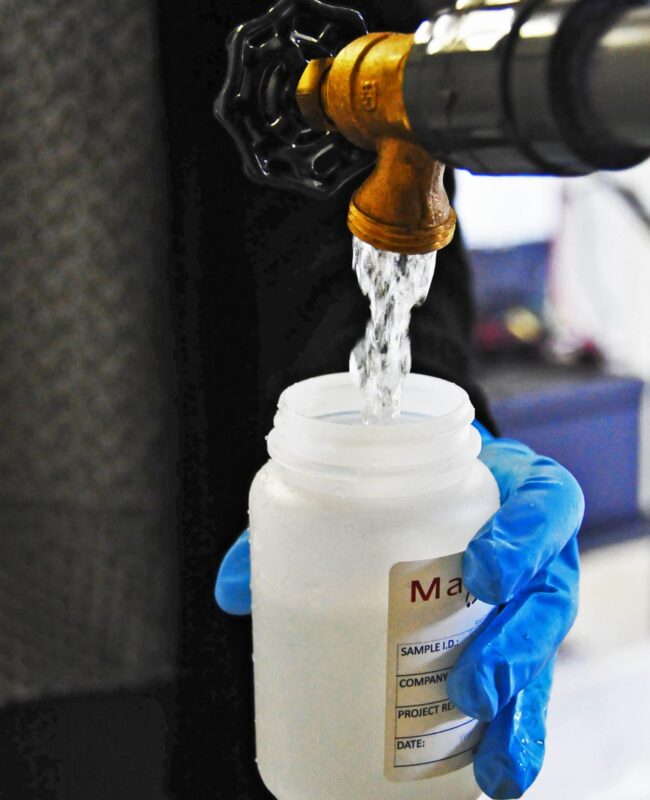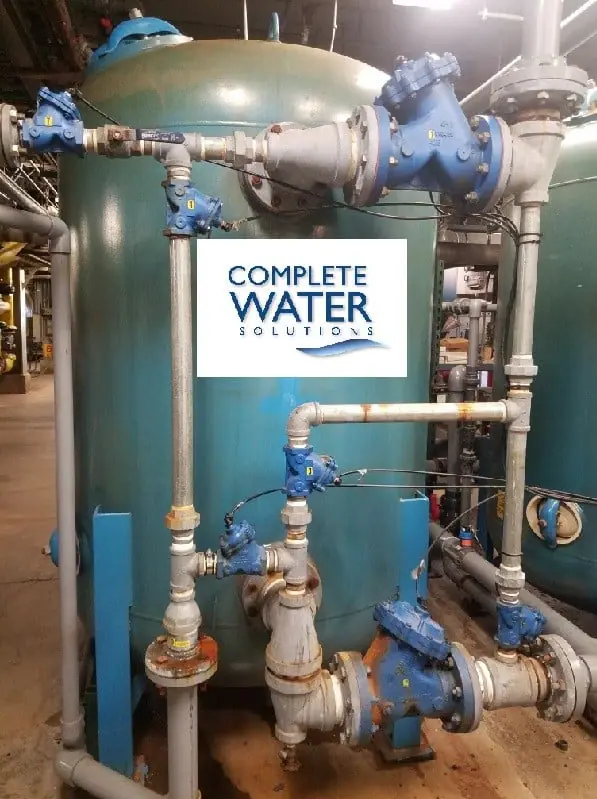What Are The 5 Stages of Water Treatment?
What Are The 5 Stages of Water Treatment?
THE IMPORTANCE OF WATER PURIFICATION
The safety of drinking water is fully determined by water purification. Water must be tested to make sure that it meets the government guidelines in place to ensure safe drinking water. Meeting these standards is crucial to ensure water is properly purified and impacts the community positively. Safe drinking water is a key factor of the health and safety of a community. So, knowing the 5 stages of water treatment is of the utmost importance.
THE 5 STAGES OF WATER TREATMENT


Screening
As water enters a water treatment plant, either from lakes, rivers, or the ground, it passes through a screening. This screening keeps large natural contaminants out of the water. These can be anything from wood to fish. With ground water sources, it is not as necessary to go through screening, as its extraction from the ground acts, in itself, as a natural screening process.
Coagulation
During the coagulation phase, workers at the treatment plant add chemicals to the water that cause particles to form in the water. The most common coagulants are aluminum sulphate and ferric sulphate. They are added to the water at a point of high turbulence. The particles formed by these chemicals are sticky and called floc. Floc attracts dirt particles, eventually getting heavy enough to sink down to the bottom of the storage tank it resides in.
Sedimentation
These particles of floc and dirt sinking to the bottom of the storage tank are what we call sediment. The sediment in the water, as well as the water, flow into a sedimentation basin during this process. Sedimentation tanks are designed to reduce the velocity of the flow of water to better allow suspended solids to settle. The heavy floc particles settle, again, here to the bottom of this basin, and remain there until they are removed.
Filtration
The water being purified is then passed through a layer of gravel and sand (occasionally charcoal as well). The gravel layer during this process is typically about 1 foot deep and the sand layer is 2.5 feet deep. Sometimes pressure filters are also used to maintain hydraulic head, and gravity filters are commonly used to remove floc. These filtration systems eliminate out any other particles that remain after the sedimentation process, such as turbidity and algae. After this, the water goes to a closed tank.
Disinfection
In this tank, chlorine and other chemicals used for disinfecting are used to kill any microorganisms and bacteria in the water. This helps keep the water clean until it is distributed to the community. This is done through pipes that bring it to homes and businesses. Until then, it remains in the tank in order to remain purified.
It should be noted that if your primary water resource is groundwater, disinfection may be the only stage of treatment that your water needs to go through.
These 5 stages are what provides your community with clean drinking water and ensures that water is safe for your health.
Need Help With Your Industrial or Commercial Water Application?
Contact Complete Water Solutions Today!
Complete Water Solutions
Location:
851 W Main Street
Twin Lakes, WI 53181
Phone: (855) 787-4200
Email: info@complete-water.com

